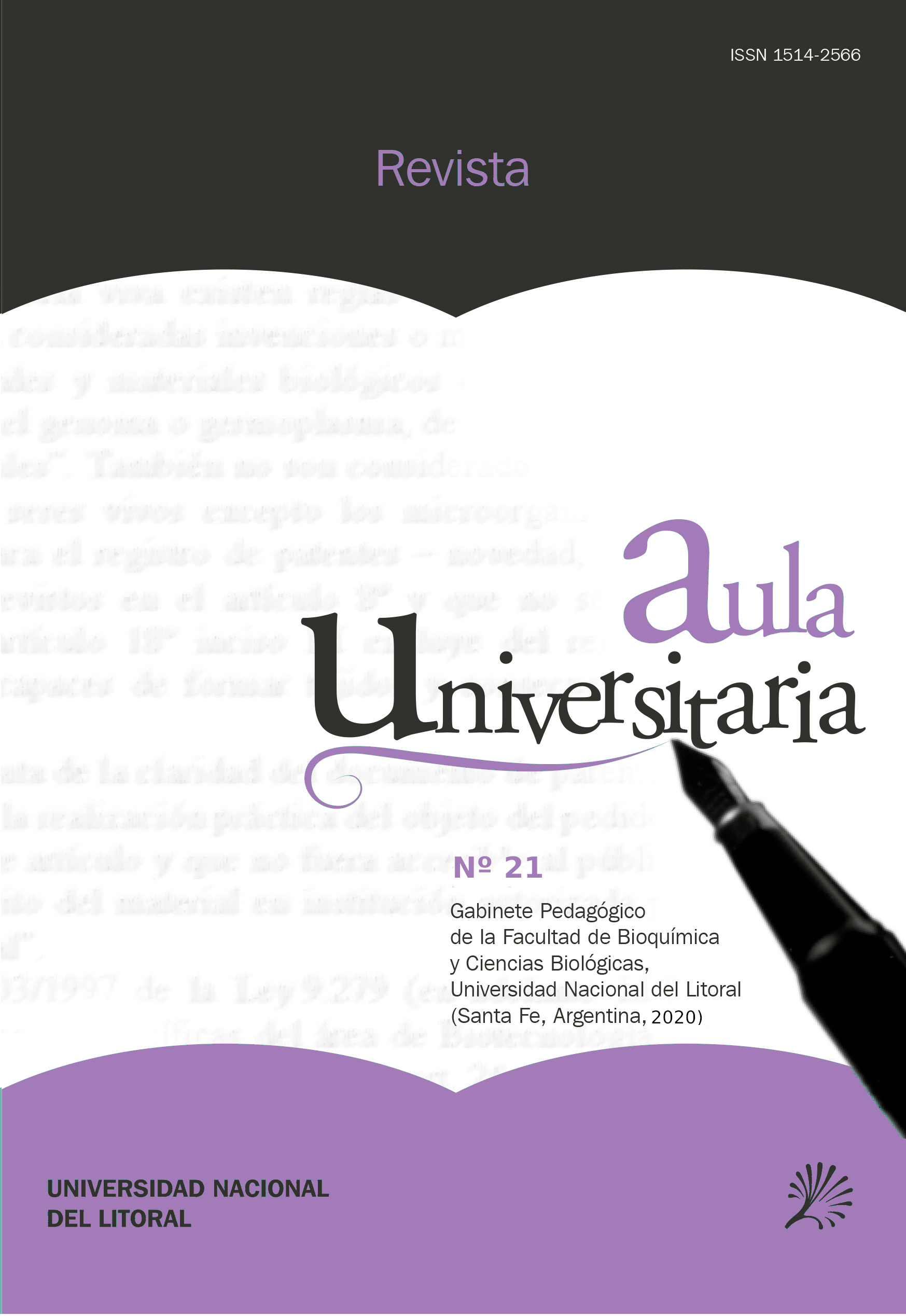ENUNCIADOS COLOQUIALES O SIMBÓLICOS EN LA RESOLUCIÓN DE PROBLEMAS DE ESTADÍSTICA APLICADOS A SALUD
DOI:
https://doi.org/10.14409/au.2020.21.e0006Keywords:
symbolic expressions, colloquiales expressions, binomial distribution, university educationAbstract
Symbolic language implies relating realities and concepts with a symbol. Its understanding in the context of a science involves making dialectical relationships between sign language, problem situations and the scientific concept that underlies each symbol. In the Statistics course of health-oriented programs, the use of signs usually aims at showing an intention to carry out an action and not to represent a statistical object per se.
The objective is to assess whether the correct resolution of a binomial probability distribution exercise occurs at the same degree depending on whether the exercise instructions are symbolically or colloquially stated.
To this end, in the final and mid-course exams of Statistics (Degree in Nutrition; Faculty of Biochemistry and Biological Sciences), a contextualized binomial distribution problem was included with exercise instructions expressed symbolically and colloquially.
The correct resolution of the exercise was achieved to a greater extent when the statement was written in symbols and had to be transcribed into a colloquial text. This shows that symbolic language facilitates a mechanistic resolution that can do without the meaningful understanding of the subject.






